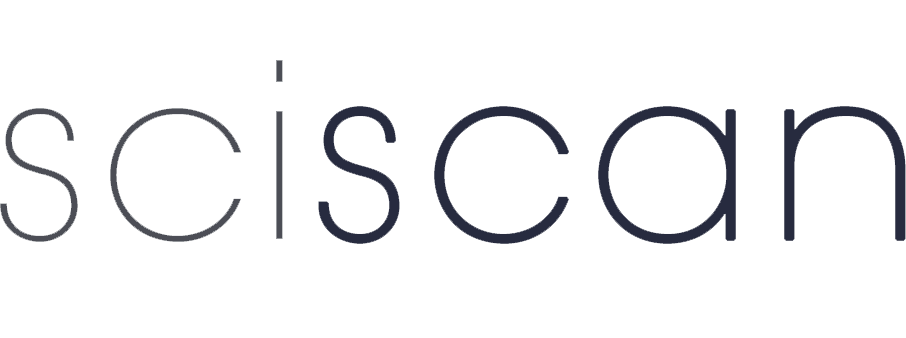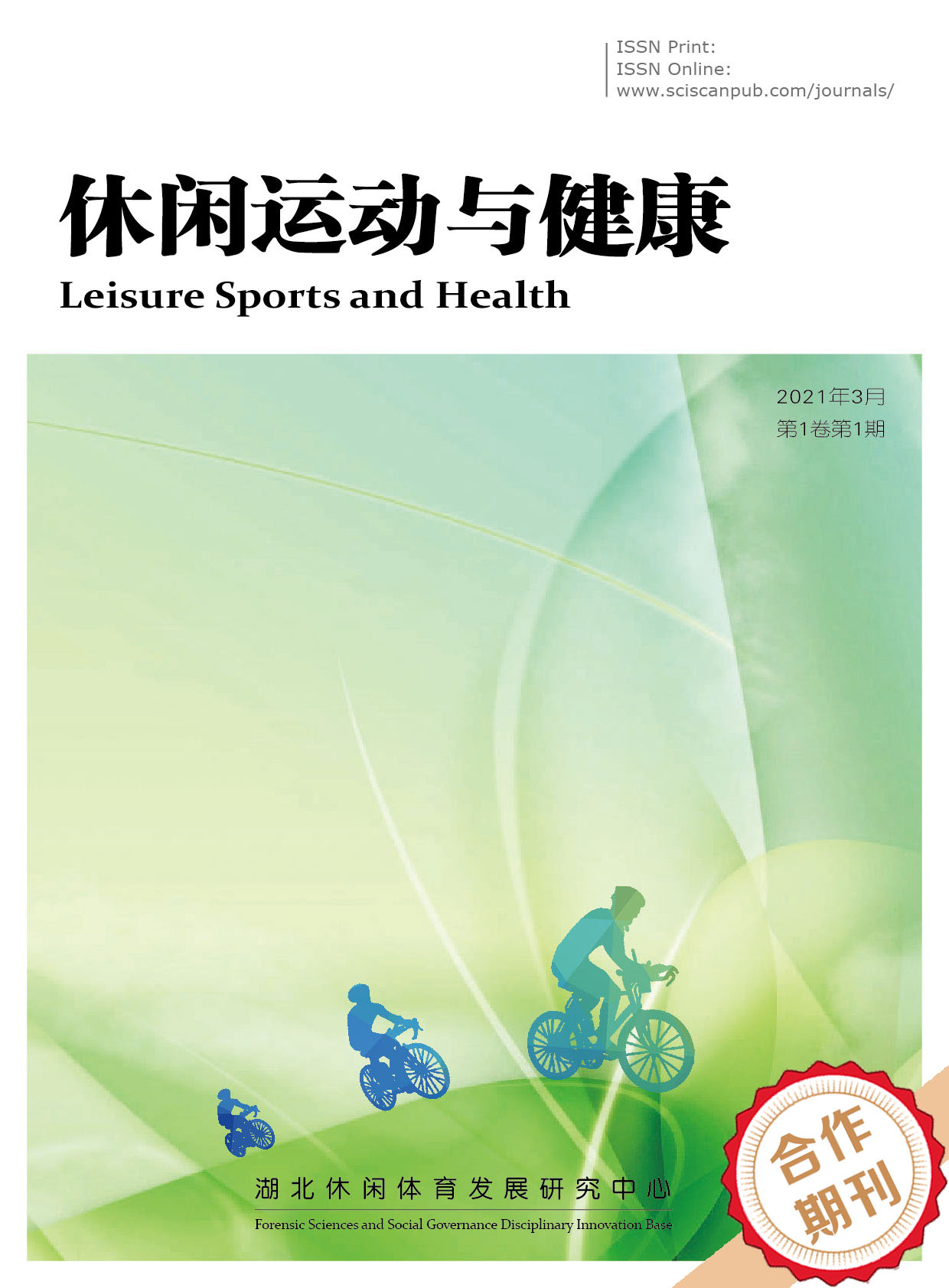Leisure Sports and Health
ISSN Print:2710-0154
ISSN Online:2710-0162
Contact Editorial Office
Subscribe to the latest published information from SCISCAN
湖北省射击运动员双耳听觉能力不对称性特征研究
A Study on the Asymmetric Characteristics of Binaural Hearing Ability of Shooting Athletes in Hubei Province
- Authors: 孙玉全 梅慧娴
-
Information:
湖北大学体育学院,武汉
- Keywords: 射击运动员;听觉能力;不对称性
- Shooting athletes; Hearing ability; Asymmetry
- Abstract: 目的:了解射击运动员双耳听觉能力不对称性特征,探讨枪噪声暴露引起的听力损失与双耳不对称性之间的关系。方法:采用横断面调查的方法,在2023年1月至2023年7月期间用BD-Ⅱ-116型听觉实验仪器,对湖北省一线射击运动员进行双耳气导纯音检测(共计测试0.128、0.256、0.512、1、2、3、4、6、8kHz9个频率),并进行问卷调查,用重复测量方差分析(ANOVA)方法对左右耳在不同频率下的听阈值进行比较;使用配对样本t检验对各频段听阈值的差异进行统计学分析。结果:所测试的9个频段当中,除0.128KHz频段外,射击运动员的左侧耳听觉阈值在其他各频段当中均比右侧耳的听觉阈值高,在0.512kHz、1kHz、2kHz、3kHz、4kHz、6kHz、8kHz频段中运动员左右耳听觉阈值差异具有统计学意义(P<0.05或P<0.01),左耳全频平均听觉阈值高于右耳2.04dB。双耳听觉阈值差值在8KHz频段处差别最大,为(4.95±4.15)dB。随着频率的不断升高,射击运动员出现双耳听觉阈值不对称的人数也越多,听阈差值的离散程度也更大。在高频处双耳听阈位移值差值大的运动员当中听力未受损的运动员占绝大多数比例。结论:射击运动员双耳听觉能力不对称的问题已经开始显现,左耳平均听觉阈值高于右耳,主要发生在高频处。随着频率的升高,双耳听觉能力不对称的人数随之增加,双耳不对称性也越严重。一些运动员虽然没有发生听力损失,但双耳听觉能力不对称性问题依然较为突出。
- Objective To investigate the asymmetric characteristics of binaural hearing ability of shooting athletes, andto explore the relationship between hearing loss caused by gun noise exposure and binaural asymmetry.Methods Across-sectional survey method was adopted to detect binaural air conduction pure tone (0.128, 0.256, 0.512, 1, 2, 3,4, 6, 8 kHz) of first-line shooters in Hubei Province from January 2023 to July 2023 with a type BD-II-116 auditoryexperimental instrument, and a questionnaire survey was conducted. The auditory thresholds of left and right earsat different frequencies were compared by repeated measurement analysis of variance (ANOVA). The difference ofhearing threshold in each frequency band was statistically analyzed by paired sample t test. Results Among the 9frequency bands tested, except 0.128KHz band, the hearing threshold of the shooters’ left ear is higher than that of theright ear in all other frequency bands. In the frequency bands of 0.512 kHz, 1 kHz, 2 kHz, 3 kHz, 4 kHz, 6 kHz and 8 kHz, the difference of hearing threshold between left and right ears was statistically significant (P<0.05 or P<0.01),and the average hearing threshold of left ear was 2.04dB higher than that of right ear. The difference of binauralhearing threshold is the largest in 8KHz band, which is (4.95±4.15) dB. With the increase of frequency, the numberof shooters with binaural hearing threshold asymmetry is also increasing, and the dispersion of hearing thresholddifference is also greater. Among the athletes with large difference of binaural threshold displacement value at highfrequency, the majority of athletes with unimpaired hearing accounted for. Conclusion The problem of asymmetricauditory ability of shooting athletes has begun to appear, the average auditory threshold of left ear is higher thanthat of right ear, which mainly occurs at high frequency. With the increase of frequency, the number of asymmetryof binaural hearing ability increased, and the asymmetry of binaural ability became more serious. Although someathletes do not have hearing loss, the asymmetry of binaural hearing ability is still more prominent.
- DOI: https://doi.org/10.35534/lsh.0401009
- Cite: 孙玉全,梅慧娴.湖北省射击运动员双耳听觉能力不对称性特征研究[J].休闲运动与健康,2024,4(1):48-53.














